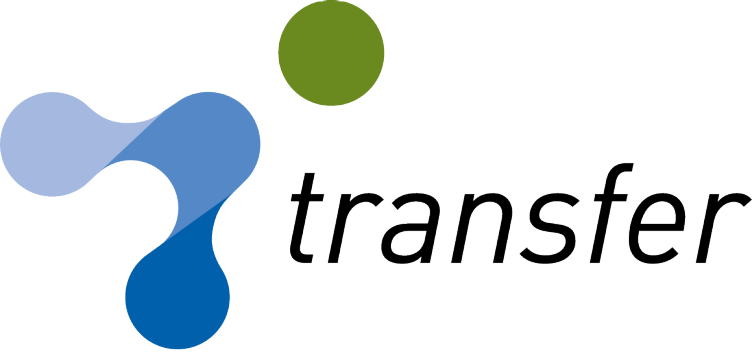Applying for patents

Ready to apply?
Submit your invention disclosure to ETH transfer!
Download Invention disclosure form (PDF, 543 KB)
Contact: Patrizia Zuppinger
Please download and fill out a template of the Download invention disclosure form (PDF, 543 KB).
This Invention Disclosure form requests inventors to specify all details of the invention and the commercial value that ETH transfer considers necessary to evaluate the invention. Please answer all the questions as your answers will help ETH transfer in its initial assessment of the invention. This form will then form the basis of a more detailed subsequent individual discussion.
If you have any questions, you may contact a technology manager at ETH transfer with technical specialty in in the relevant field. You may also direct general questions to:

Your ETH transfer team
transfer@sl.ethz.ch
www.ethz.ch/transfer
Inventors at ETH Zurich must report to ETH transfer, in writing, every invention that is made in the course of their employment. Mandatory reporting also applies to patent applications filed in the name of a company on which you are named as an inventor, for example as a result of a research collaboration. Exceptions include:
- Private inventions not made in the scope of the employment contract and without having used the infrastructure of ETH Zurich;
- Inventions by students within the scope of their Bachelor or Master thesis (and if no other employees contributed);
- Inventions by professors within the scope of consulting activity and without having used the infrastructure of ETH Zurich
For more details and guidance please refer to Download ETH Exploitation Guidelines (PDF, 267 KB)
After having evaluated your invention disclosure, ETH transfer will jointly take the first decision as to whether a patent application makes sense in principle or not. Whether a commercial exploitation of the patent is desirable and is possible plays a major role here.
Positive decision: We will link you with a patent attorney. The attorney will draft together with you the patent specification and the corresponding patent claims. ETH transfer will take over the administration of the case; you as the inventor remain responsible for the technical content and information. We will jointly look for a licensee for the exploitation.
Negative decision: If neither ETH transfer nor the responsible institute/professorship support the patenting and commercial exploitation of an invention, the rights can be assigned to the inventors privately. These inventors can file for a patent in their own name and at their private cost, and exploit it independently of ETH Zurich.
ETH transfer negotiates licensing contracts
The rights to commercial exploitation of a technology or software must be transferred from ETH Zurich to the company in question. This is usually done in the form of a license that allows the company to use the results in a specified way. The conditions for this use are laid down in a license agreement that is negotiated by ETH transfer. License agreements have to be approved by the Vice President for Knowledge Transfer and Corporate Relations.
Potential licensees and exploitation strategies
- The inventors develop their technology to maturity and exploit it by founding their own company.
- An independent company is sought which develops the product and then markets or sells it.

At ETH Zurich, the inventors participate in the income derived by ETH Zurich, for instance by licensing an invention or other intellectual property. The first revenues that ETH Zurich obtains will initially be used to cover the costs of patenting (e.g. for patent attorneys). The remaining income will, as a rule, be distributed as follows (subject to any financial claims by a third party):
- 1/3 to the inventor(s)
- 1/3 to the responsible professorships for further research purposes
- 1/3 to ETH Zurich to support research and technology transfer activities.